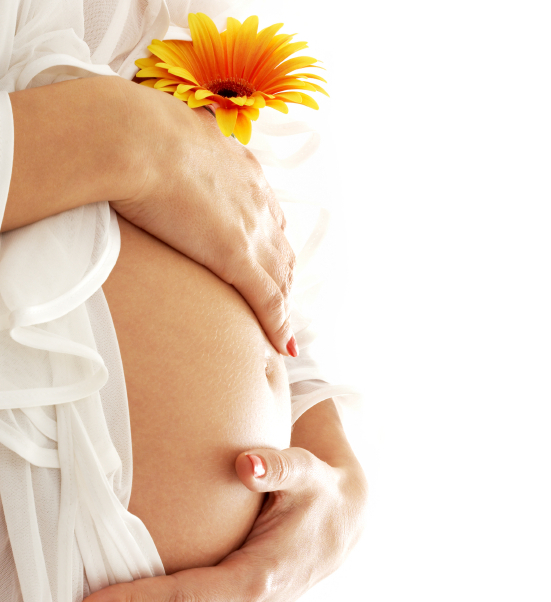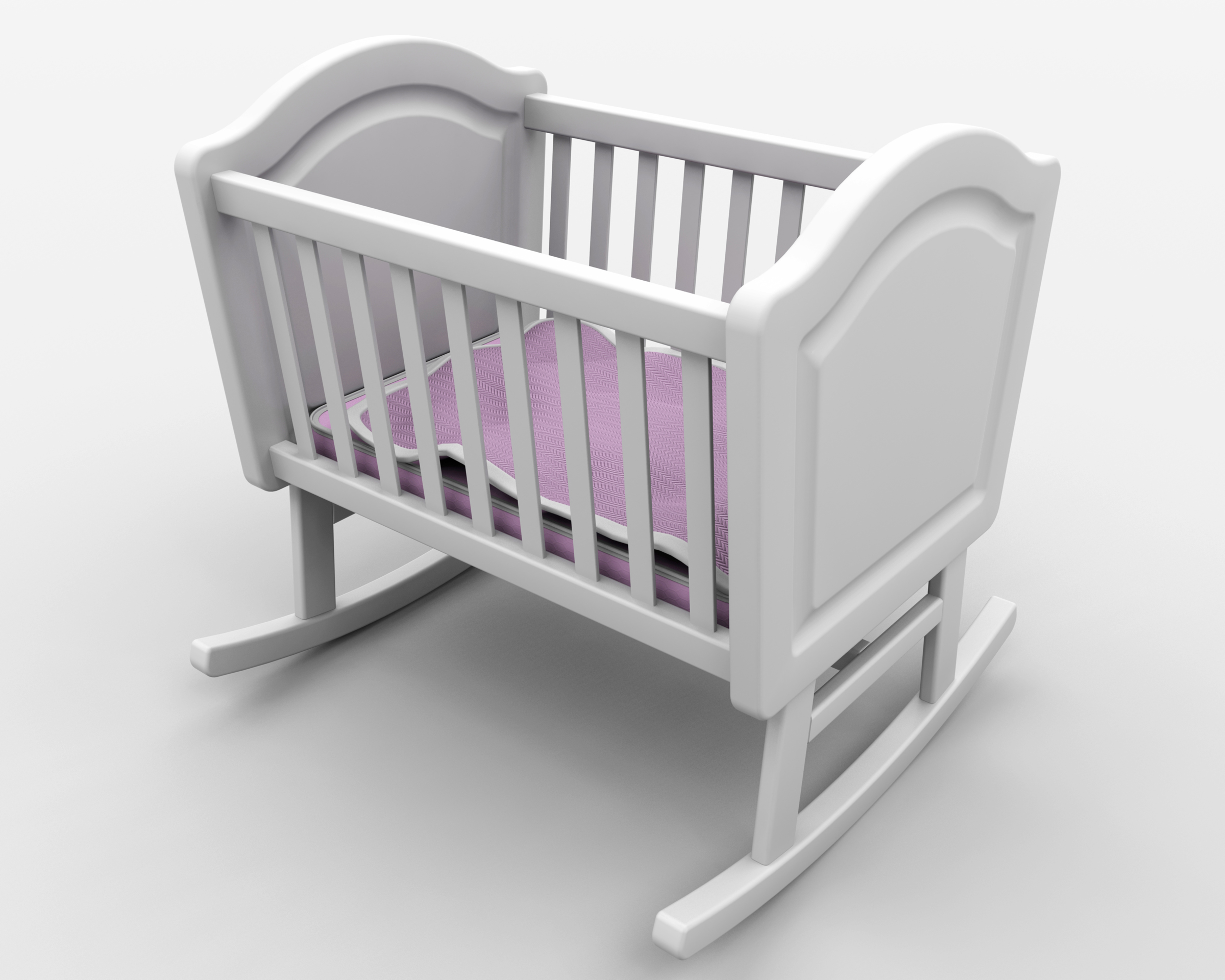A study published Wednesday in the North American Menopause Society’s journal Menopause analyzed the memory performance of 75 middle-aged women who were transitioning into menopause.
Tag: fertility health
About the Fertility Clock
The Fertility Clock was developed by Dr. John Jain and Brigitte Mueller as an educational element for the film “My Future Baby: Breakthroughs In Modern Fertility”.
The Fertility Clock provides a simple graphic that can be used to estimate the monthly chance of having a baby.
Age-related decline in natural fertility is due to both decreases in egg count and egg quality; egg quality refers to an egg’s ability to create a chromosomally normal embryo.
As seen in the Fertility Clock, monthly birth rates remain relatively stable through age 35 despite a 90% drop in overall egg counts. Thereafter, birth rates decline more rapidly probably as a result of waning egg quality.
The data used to create the Fertility Clock was taken from landmark works in the fields of Population Research and Developmental Biology.
Using data from historical populations (1) and the most comprehensive study of ovarian reserve to date (2), estimates for monthly birth rates and egg counts were plotted in an age-dependent manner, from birth to menopause.
The rates depicted on the Fertility Clock estimate the experience for most women. As with all biological systems exceptions do exist.
(1) Wallace WH, Kelsey TW. Human ovarian reserve from Conception to the Menopause. PLoS One. 2010 Jan 27;5(1):e8772.
(2) Bongaarts, J. and Potter, R.G. (1983). Fertility, Biology, and Behavior: An analysis of the proximate determinants. New York, NY: Academic Press, Inc.
What is the Process for Fertility Testing?
Nine out of ten couples with a female partner under the age of 35 who are actively trying to get pregnant succeed within one year. The chance of a pregnancy is about 25% per month. For couples who fail to achieve pregnancy after one year (and for women over the age of 35 after 6 months) fertility testing is recommended to identify any obstacles that could prevent pregnancy.
A full medical history and physical examination can reveal problems related to pelvic surgery, cancer treatment, or menstrual disturbances that cause infertility.
Fertility testing is done to rule out specific problems in four areas:
Sperm Testing
For approximately one out of four couples, the quality or quantity of the male partner’s sperm is the underlying cause of infertility. Semenalysis can reveal issues with the sperm count, the motility of sperm (its ability to swim), and the morphology (shape) of the sperm.
Ovulation
For women with a history of irregular menses who do not ovulate regularly, underlying medical conditions may be the cause of low fertility. Common problems include thyroid imbalances, high levels of a hormone called prolactin, or polycystic ovarian syndrome (PCOS). Blood tests and ultrasound exams are used to diagnose these conditions.
Uterus and Fallopian Tubes
Fallopian tubes that are closed can interfere with fertility by making it impossible for an embryo to reach the uterus. Causes of blockage may include previous pelvic surgery or complications from STDs. The uterus may also contain fibroids or polyps that limit the chances of pregnancy. An exam called a hysterosalpingogram (HSG) is used to detect structural problems with the fallopian tubes and uterus. It involves the injection of a contrast dye into the cervix to make the patient’s internal reproductive organs visible in x-rays.
Eggs
The quality and quantity of a woman’s eggs plays a vital role in fertility. Egg quality cannot be determined with fertility testing, but it is strongly correlated with age. The quantity of eggs can be estimated using blood tests such as the FSH (follicle stimulating hormone) and AMH (anti-mullerian hormone). AFC (antral follicle count) is an ultrasound test that can also assist in estimating the number of eggs available.
Genetic Markers May Help Predict Fertility Decline in Women
Researchers at the Stanford Institute for Stem Cell Biology and Regenerative Medicine have discovered genetic markers that may ultimately allow women to track and predict declining fertility.
New Hope for Women as Ovarian Transplant Operations to Become Available in the UK
Three women who have received ovarian transplants have given birth to seven children, with one expecting again.
1 in 5 Pharmacies Hinders Teen Access to Morning After Pill
Nearly one in five U.S. pharmacies gave out misinformation to researchers posing as 17-year-old girls seeking emergency contraception, often saying that it was “impossible” for girls to get the pill, a new study finds.
How common is miscarriage?
A high percentage of fertile women who have unprotected sex will experience loss of a pregnancy at some point. According to the American Society for Reproductive Medicine, 25% of recognized pregnancies end in miscarriage.
The total number of miscarriages (including cases where the woman is unaware of the pregnancy) is estimated at about 50%. Pregnancy losses occurring within the first 8 weeks are most common. Few women experience miscarriage after the 12th week.
What You Should Know about Recurrent Miscarriage
A single miscarriage is not usually a cause for concern from a medical standpoint. However, consecutive miscarriages are rare, occurring in less than 5% of women. If you experience two or more miscarriages of in a row, you may wish to seek assistance from a reproductive specialist.
In some situations, there is an identifiable, medically treatable factor contributing to the loss of pregnancies. Many pregnancies simply end because of random chromosomal abnormalities in the egg or the developing embryo.
Recurrent miscarriage or early pregnancy loss can be physically taxing and emotionally devastating. Not knowing why this problem is happening can be especially distressing. Patients may experience feelings of self blame, failure, or desperation. It is important for patients to seek emotional support during this time. Professional mental health support may also be beneficial for patients coping with recurrent loss.
Pregnancy after Miscarriage
Fortunately, most women trying to conceive do go on to carry a healthy pregnancy to term after a miscarriage. This includes 60-70% of women who have experienced recurring pregnancy loss with no identifiable cause. Following a healthy lifestyle including good nutrition, diet, weight control, prenatal supplementation, exercise, rest, and general self care is the best course of action for women who wish to increase their chances of a normal pregnancy in the future.
Sunscreen Compound Linked to Endometriosis
Although sunscreens shield the skin from harmful ultraviolet light, they may have a dark side: Exposure to a compound commonly found in the lotions was associated with endometriosis in a small study in people.

